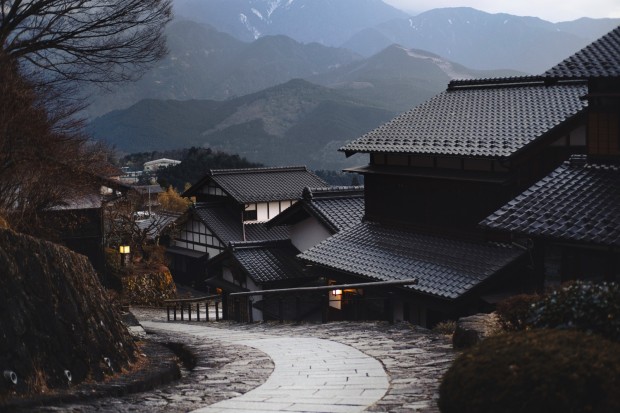Despite the recent strong earthquake with a magnitude of 7.5, houses in Akasaki District were able to maintain their stability. The traditional architecture of Japan, which encourages earthquake-proofing of structures, has saved hundreds of properties from the deadly quake.

Akasaki District's Resilience During Earthquake
On Monday, Jan. 8, authorities stated that the earthquake that occurred last week and its several aftershocks were responsible for the deaths of at least 168 people, while an additional 323 people remain missing. On the other hand, Akasaki district, situated on the western coast of Ishikawa Prefecture, did not experience any casualties.
The earthquake, which had a magnitude of 7.6 and had an epicenter only a few kilometers distant, caused a few roof tiles to become loose, but none of the approximately 100 buildings in this region collapsed. It is reportedly because the district has used traditional innovative architectural approaches for hundreds of years.
Despite the terrifying 7.5 magnitude earthquake, these architectural methods have been handed down from generation to generation and have proven resilient. The community was effectively protected from substantial damage and casualties due to the distinctive and consistent architectural style of the lodgings, as well as the strong frame of the wooden structures.
Masaki Sato, who owns an 85-year-old residence in the neighborhood, was among the at-ease homeowners. To evaluate the state of his heritage property, Sato, who runs his home as a summer bed and breakfast, traveled 300 kilometers from Tokyo. The house, except for a few roof tiles that had become displaced, remained intact, much to his relief. The lasting power of traditional Japanese architecture was demonstrated in a significant way by this building.
The earthquake that occurred in Japan on New Year's Day was a shocking instance of the unpredictability of nature. Yet, architectural innovation flourished throughout the Akasaki district, providing lessons and prospects for the future despite its challenges. These kinds of sustainable and resilient activities need to be championed as we move forward to create a significantly safer and more robust world.
Also Read: Robot References 3D Computer Design to Conquer Construction Challenges
Century-Long Earthquake-Proofing in Japan
Within seismic design, a proverb asserts earthquakes do not kill individuals, but structures do. In addition, architects, engineers, and urban planners in one of the countries most prone to earthquakes have been working for a long time to protect towns and cities from big earthquakes by utilizing traditional knowledge, contemporary innovation, and constantly updating building codes.
Significant technological advancements have occurred since the Great Kanto earthquake devastated many of Tokyo and Yokohama. These advancements range from large-scale 'dampers, which fluctuate like swinging objects within skyscrapers, to systems of springs or ball bearings that enable buildings to sway independently from their foundations.
Most inventions revolve around a straightforward concept known for a long time and the notion that flexible structures have the best chance of persisting forever. As mentioned, Japan's journey to develop buildings resistant to earthquakes is a story of necessity, creativity, and perseverance. By transforming this difficulty into an opportunity over many years, Japan has created and perfected architectural approaches capable of withstanding earthquakes. These techniques range from the adaptability of old wooden structures to the engineering marvels of the modern day.
Related Article: Earthquake Resistant Buildings: How Are These Structures Made to Withstand Disasters?







